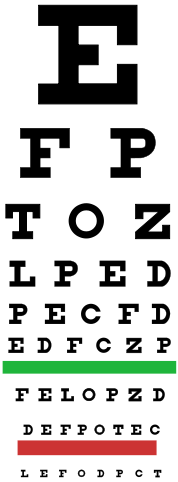

Safety: Average activities, such as driving, biking, or even walking can be dangerous for you and others if you can’t see properly.This means that you can see something 20 feet away (like a line on an eye chart) that most people can see when they’re 15 feet away (20/15) or 10 feet away (20/10). Some people have vision that’s better than 20/20, like 20/15 vision or 20/10 vision. Having 20/20 vision means you have normal or average, vision.

It’s also called color vision deficiency or poor color vision. It refers to being able to see how long, wide and deep an object is, along with how near or far it is from you.Ĭolor blindness means that you don’t see colors the same way other people see them. Having 20/20 vision doesn’t include other factors like peripheral vision (seeing what’s on either side of you), your ability to see colors or your depth perception.ĭepth perception is also called stereopsis. Is having 20/20 vision the only thing that matters when it comes to vision? In Europe and elsewhere, eye care professionals would say that normal vision is 6/6 vision because they use the measurement of 6 meters instead of 20 feet. Visual acuity is a term that means clarity or sharpness of vision and that the objects you see are crisply outlined and not blurry.Ĭalling normal vision “20/20 vision” is true for eye care professionals in the U.S., but not everywhere in the world. 20/20 vision refers to “normal” vision, not “perfect” vision. Others with normal vision can also see an object clearly at that distance. The definition of 20/20 vision is the ability to see an object clearly from 20 feet away.


 0 kommentar(er)
0 kommentar(er)
